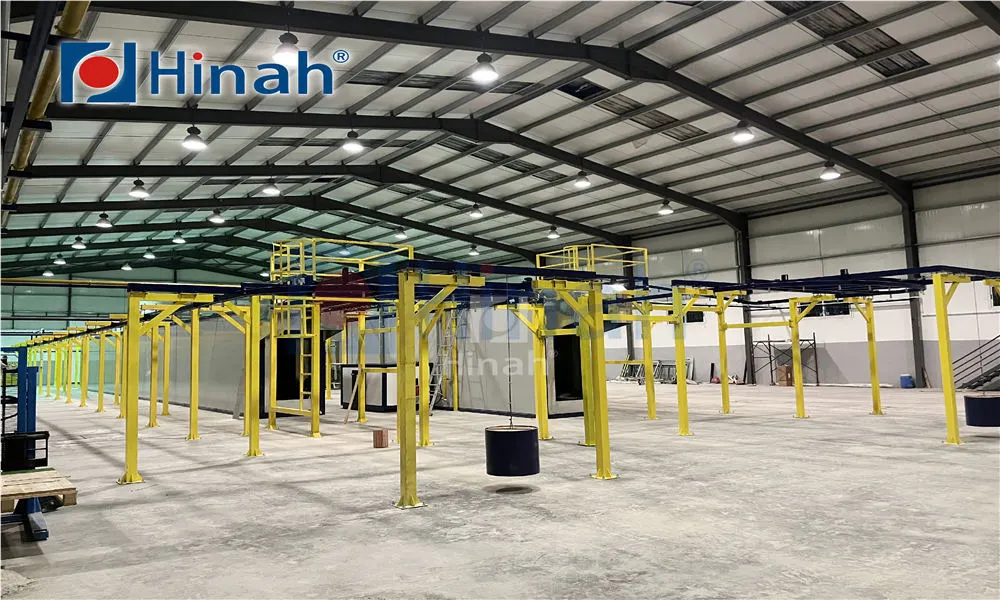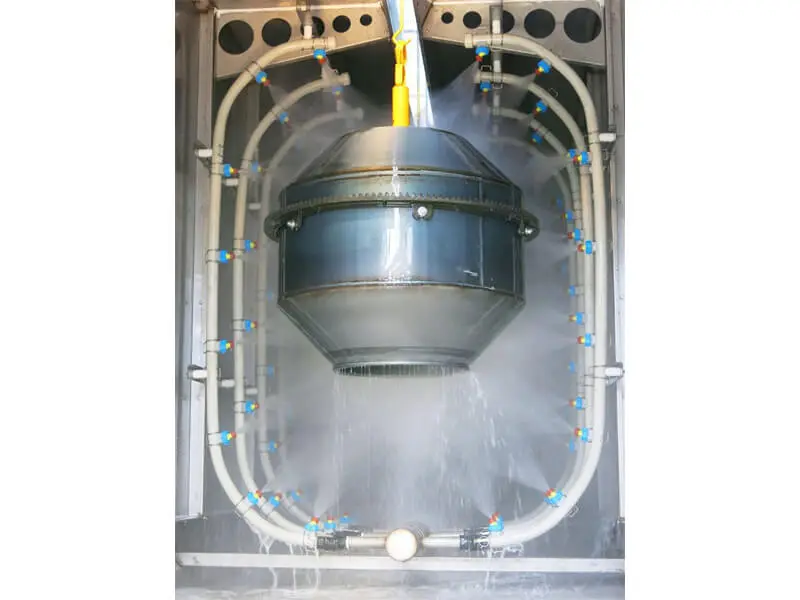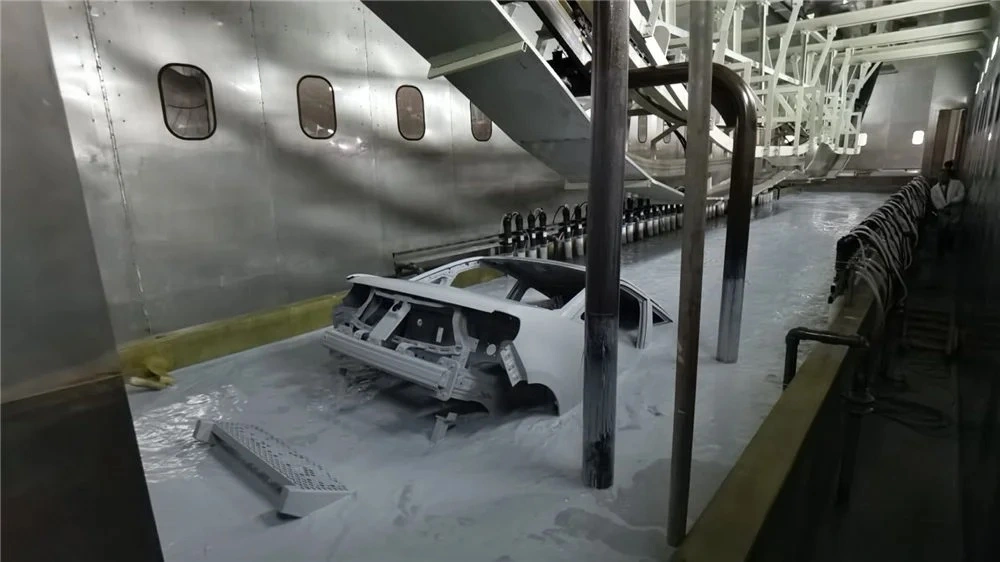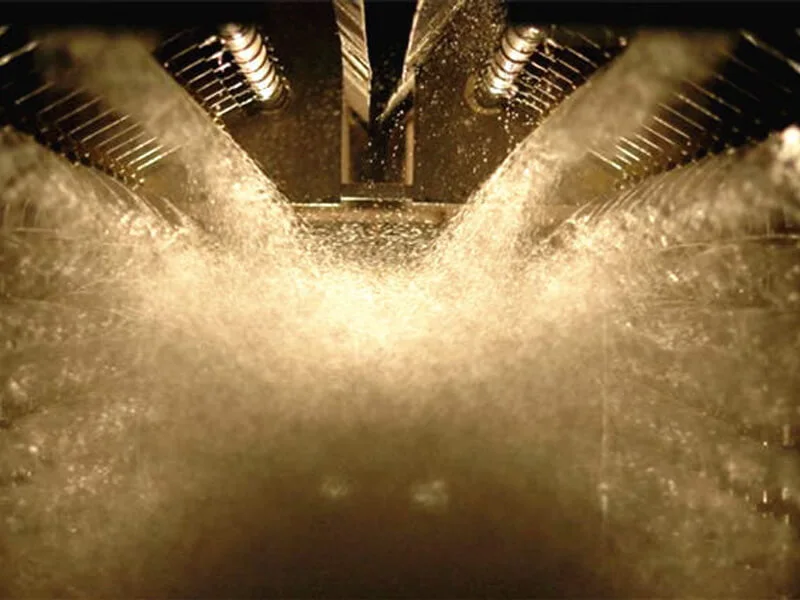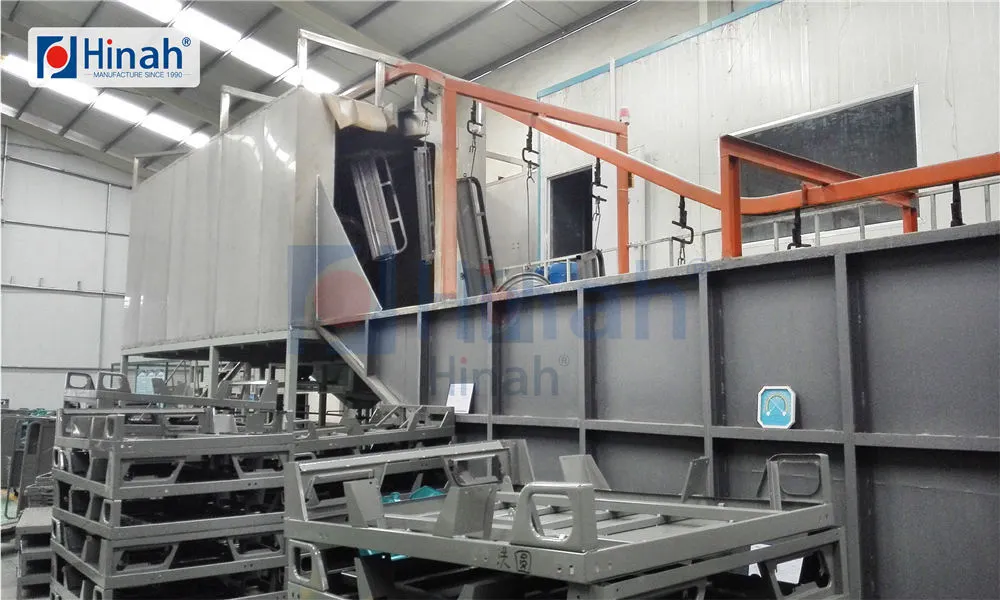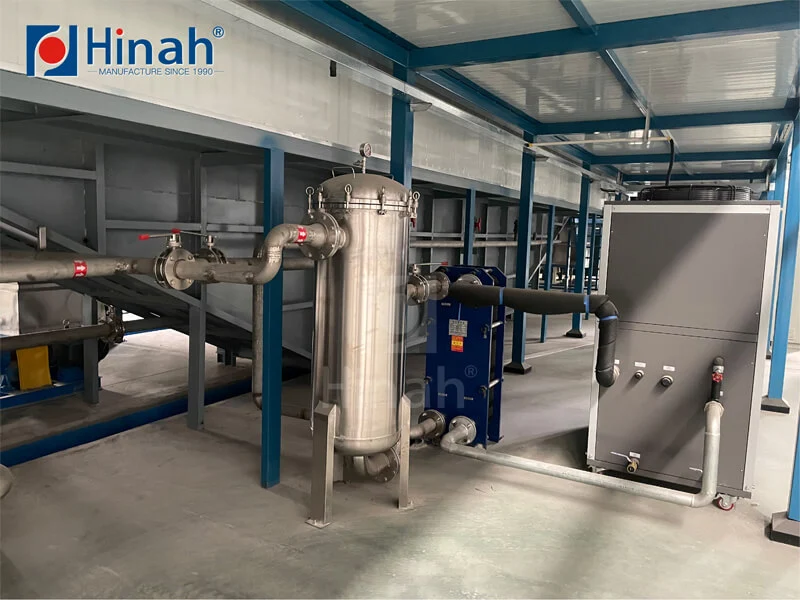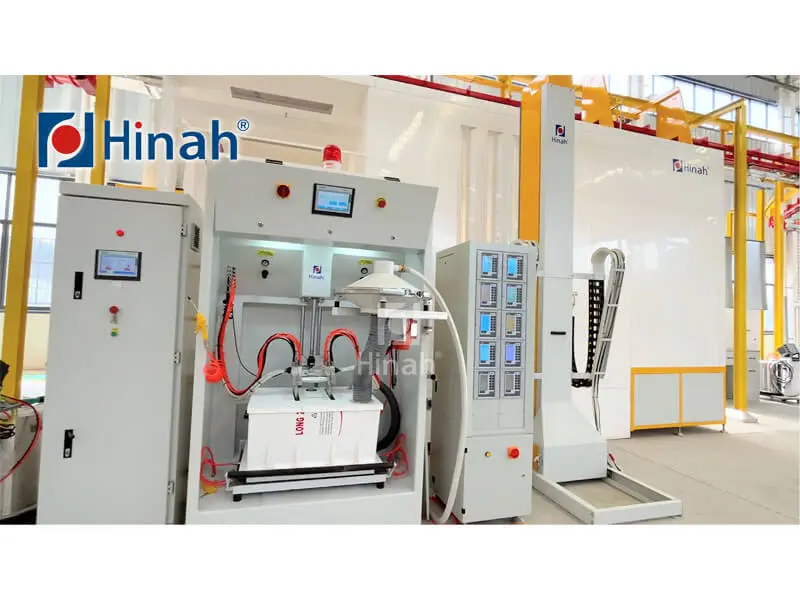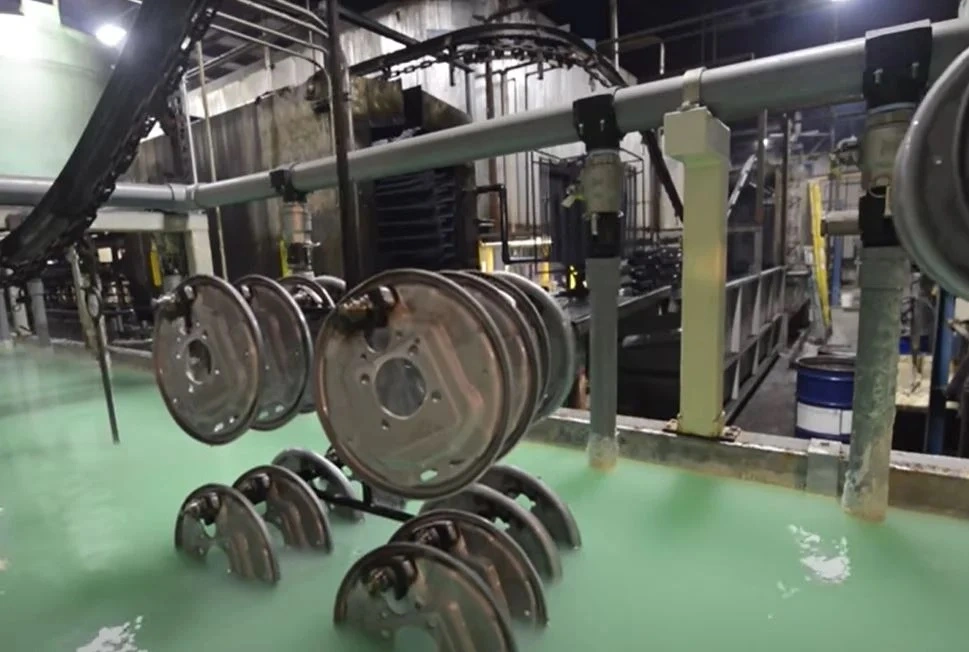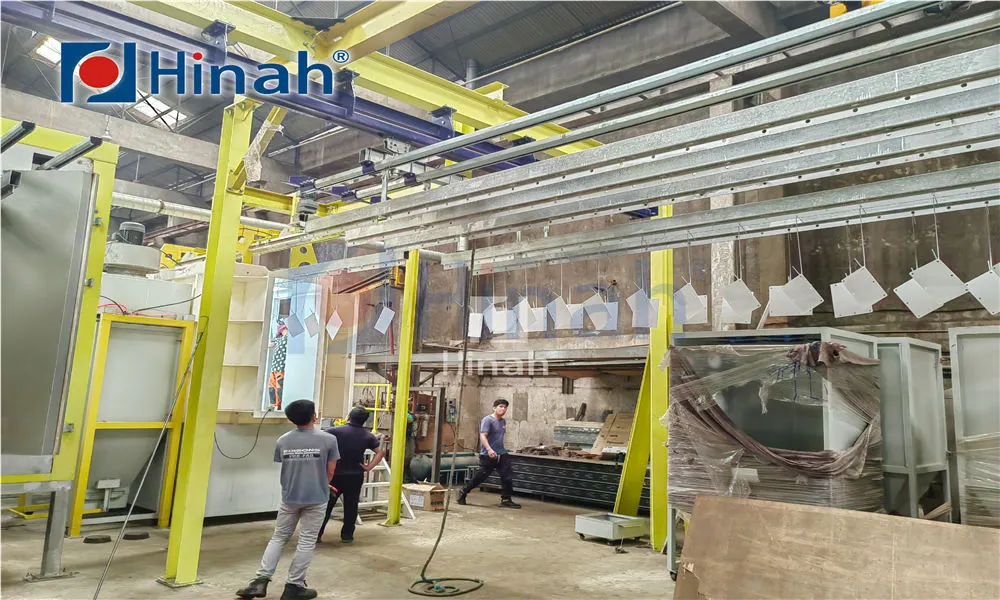In the world of industrial finishing, automated powder coating systems have emerged as a transformative force. These systems represent a significant leap from traditional manual methods, offering unparalleled consistency, efficiency, and material savings. At the heart of this revolution are two critical components: the sophisticated powder coating robot and the integrated powder coating equipment that work in harmony to create a seamless, high-quality finish on everything from automotive parts and household appliances to heavy machinery and architectural elements. This article delves into the intricacies of these automated solutions, exploring their benefits, how they work, and the common challenges operators face.
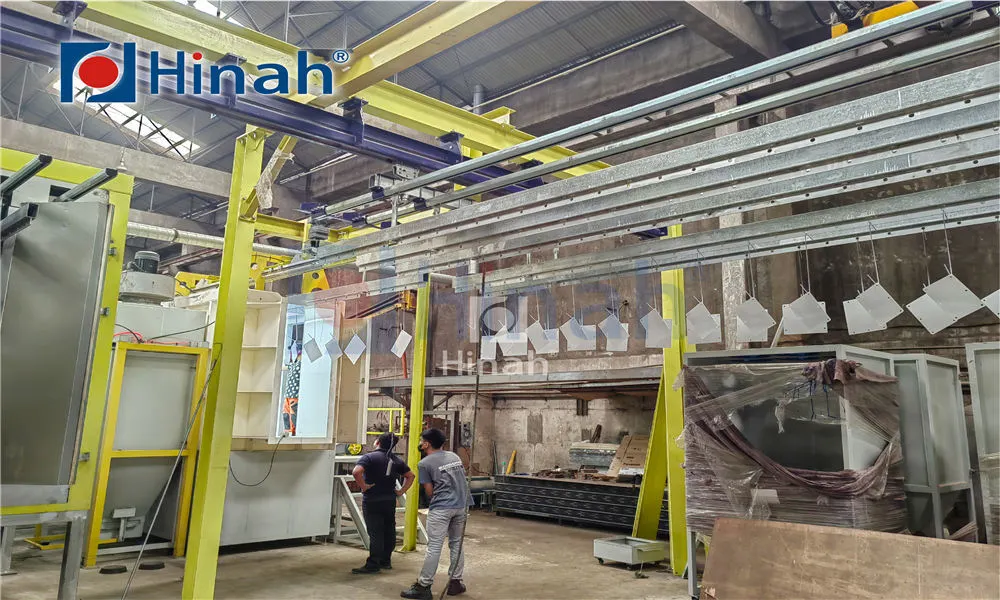
An automated powder coating system is a complete, integrated solution designed to apply a dry powder material to a substrate without human intervention in the application process. Unlike liquid paint, this powder does not require a solvent to keep the binder and filler parts in a liquid suspension. The system typically consists of several key pieces of powder coating equipment, including a pretreatment stage, an application booth, recovery systems, and a curing oven.
The process is electrostatically charged: the powder is sprayed onto the electrically grounded part, where it adheres until heat is applied in the curing oven. This heat causes the powder to melt, flow, and then chemically crosslink to form a durable, high-quality finish. The automation of this process, often guided by a powder coating robot, ensures this complex sequence is executed with precision and repeatability millions of times.
The Core of Automation: The Powder Coating Robot
When discussing automated powder coating systems, the most visually impressive element is often the powder coating robot. These are typically multi-axis industrial robots, similar to those used in welding or assembly, but specifically engineered and programmed for the task of finishing.
A powder coating robot is equipped with a powder spray gun at its end-effector (or "wrist"). Its primary advantage is its ability to replicate complex movements with extreme accuracy. This is crucial for achieving uniform film thickness, even on parts with complex geometries, deep recesses, or sharp edges that are notoriously difficult for human operators to coat consistently.
Programmability and Flexibility: The path and speed of the robot arm are programmed into a controller. This means one program can coat a specific part perfectly, and with a simple change of program and part fixture, the same robot can coat an entirely different product. This flexibility is a key driver for manufacturers with diverse product lines.
Consistency and Quality: A robot does not get tired, distracted, or inconsistent. Every movement is identical for every part in a production run, eliminating human error and variation. This results in a dramatically higher first-pass yield and a significant reduction in rejects and rework.
Efficiency and Speed: Robots can move faster than humans and can often coat a part in a single, fluid motion without the need to enter and exit the booth, reducing cycle times and increasing overall throughput.
Safety and Environment: By removing the human operator from the immediate application environment, exposure to airborne powders and the associated respiratory hazards is eliminated. This also reduces the risk of contamination from oils or particulates often introduced by human operators.
Essential Powder Coating Equipment in an Automated Line
While the robot is the star, it cannot function alone. It is part of a symphony of specialized powder coating equipment that makes up a complete automated powder coating system. Key components include:
Pre-treatment Systems: Before any powder is applied, parts must be cleaned and treated to ensure adhesion and longevity. This stage often involves a series of wash, rinse, and chemical conversion coating stages (e.g., phosphating or chromating) to remove oil, dirt, and rust and provide a surface ideal for powder adhesion.
Application Booths: The enclosed space where the powder is applied. These booths are designed to contain overspray and facilitate its recovery. Walls are often made from non-stick materials for easy cleaning.
Powder Recovery Systems: This is a critical piece of powder coating equipment for both economic and environmental reasons. Systems use cyclones, cartridge filters, or a combination to suck up oversprayed powder, filter out contaminants, and return it to the feed system for reuse. This can lead to transfer efficiencies of over 95%.
Powder Feeders and Pumps: These units control the delivery of powder from the storage hopper to the spray gun. They fluidize the powder (mixing it with air to behave like a liquid) and provide a consistent, clog-free supply to the gun at the correct pressure and volume.
Control System: The brain of the operation. A centralized Programmable Logic Controller (PLC) manages the entire system, synchronizing the powder coating robot, conveyor speed, oven temperature, and recovery system to ensure a smooth and continuous operation.
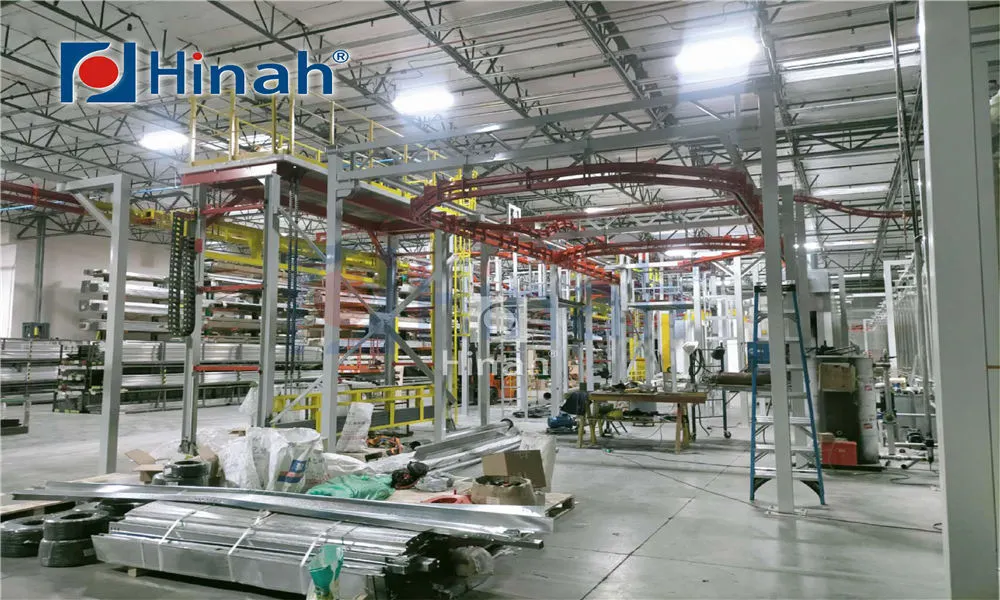
Key Advantages of Implementing Automated Powder Coating Systems
The investment in an automated powder coating system is justified by a multitude of tangible benefits:
Superior Finish Quality: Unmatched consistency in film thickness and coverage, even on complex parts.
Massive Material Savings: High transfer efficiency and powder recovery mean more powder ends up on the part and not as waste, reducing material consumption by up to 30-50% compared to manual application.
Increased Production throughput: Robots work faster and can operate 24/7, significantly increasing the capacity of the finishing line.
Reduced Labor Costs: One operator can manage an entire automated line, overseeing the process rather than performing the physically taxing application work.
Enhanced Workplace Safety: Automation minimizes human exposure to chemical and respiratory hazards and reduces ergonomic injuries.
Data and Traceability: Modern systems can collect data on every part coated, providing valuable insights for process optimization and full traceability for quality control purposes.
Common Challenges and Problems with Automated Powder Coating Systems
Despite their advanced nature, automated powder coating systems are not without their challenges. Understanding these common problems is key to effective operation and maintenance.
Inconsistent Film Thickness
Even with a powder coating robot, achieving perfect uniformity can be challenging. Problems can arise from:
Incorrect Robot Programming: The path, speed, or gun triggering (ON/OFF) may not be optimized for the part's geometry.
Fluidization Issues: Poorly fluidized powder in the feed system can cause uneven delivery to the gun, resulting in splotchy application.
Gun Tip Wear: Over time, the electrodes in the spray gun can wear down, affecting the electrostatic charge and thus the pattern and efficiency of deposition.
Poor Powder Reclaim and Recovery
The recovery system is complex powder coating equipment. Common issues include:
Clogged Filters: Cartridges or cyclone filters can become clogged if not maintained, reducing efficiency and increasing system pressure.
Material Contamination: If virgin and reclaimed powder are mixed incorrectly, or if the booth is not cleaned properly between color changes, cross-contamination can occur, leading to finish defects.
Inefficient Reclaim Rates: Improper air pressures or leaks in the recovery system can lead to poor powder reclaim, increasing waste and operational costs.
Part Coverage and Faraday Cage Effect
This is a classic challenge in powder coating, even for robots. The Faraday Cage Effect occurs when the electrostatic charge accumulates on the outer edges of a recessed area, preventing the powder from reaching the inner corners. While a skilled programmer can adjust a powder coating robot' path, gun angle, and voltage to mitigate this, it remains a technical hurdle that requires expertise to overcome.
High Initial Investment and Maintenance
The capital cost for a complete automated powder coating system—including robots, booths, ovens, and installation—is substantial. Furthermore, this sophisticated powder coating equipment requires regular, specialized maintenance. Technicians need advanced training to troubleshoot a robotic arm or a complex recovery system, adding to the long-term operational costs.
Color Changeover Times
While faster than manual booths, changing colors in an automated line still requires a complete purge of all powder coating equipment that touches the material, including the feed hoses, pump, gun, and booth reclaim system. Complex or frequent color changes can lead to significant downtime if the system is not designed for rapid changeover.
The Future of Automated Powder Coating Systems
The evolution of automated powder coating systems continues. The future points towards even greater integration of smart technology. We are seeing the rise of:
Machine Vision and AI: Systems where cameras scan each part before coating, and AI algorithms adjust the robot's path in real-time to account for variations in part placement or geometry.
Internet of Things (IoT): Sensors on every piece of powder coating equipment providing real-time data on performance, predicting maintenance needs, and optimizing energy and powder consumption from a central dashboard.
New Powder Formulations: As powders evolve to be more durable and environmentally friendly, the powder coating equipment and application processes will adapt to handle these new materials with even greater efficiency.
In conclusion, automated powder coating systems, powered by the precise powder coating robot and supported by robust powder coating equipment, represent the pinnacle of modern industrial finishing. While the initial investment and technical challenges are not insignificant, the returns in quality, efficiency, savings, and safety make them an indispensable solution for any manufacturer serious about competing in today's market. By understanding the common problems and proactively addressing them, businesses can fully leverage this powerful technology to create flawless finishes that last.


